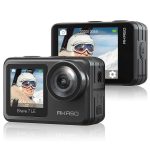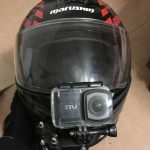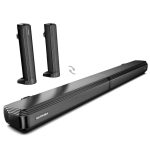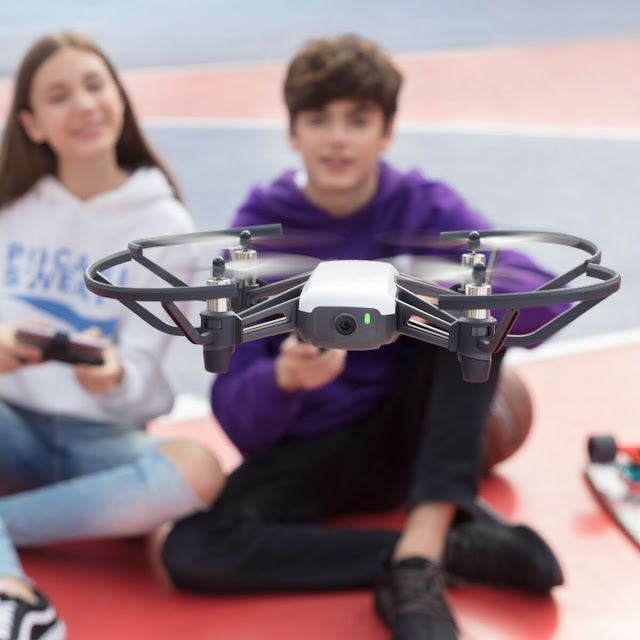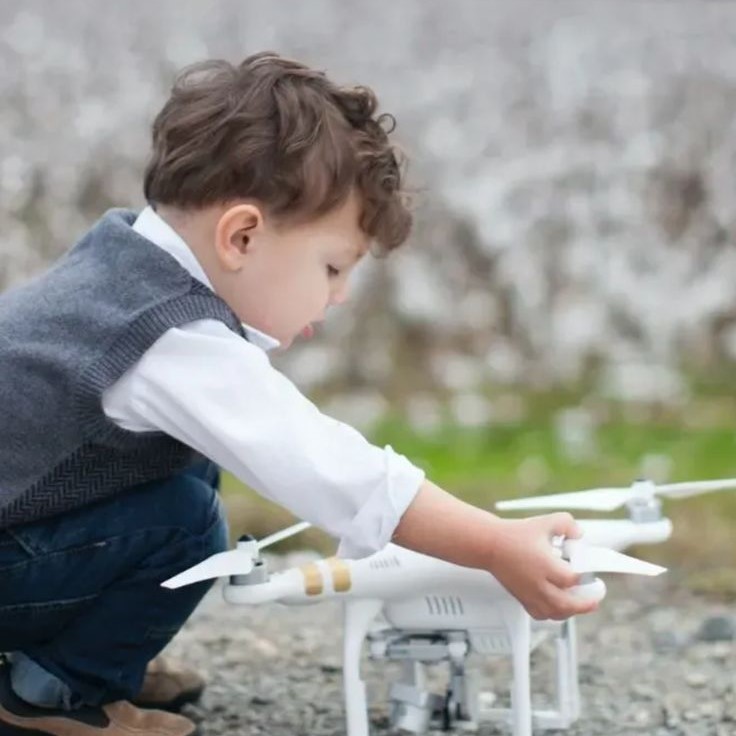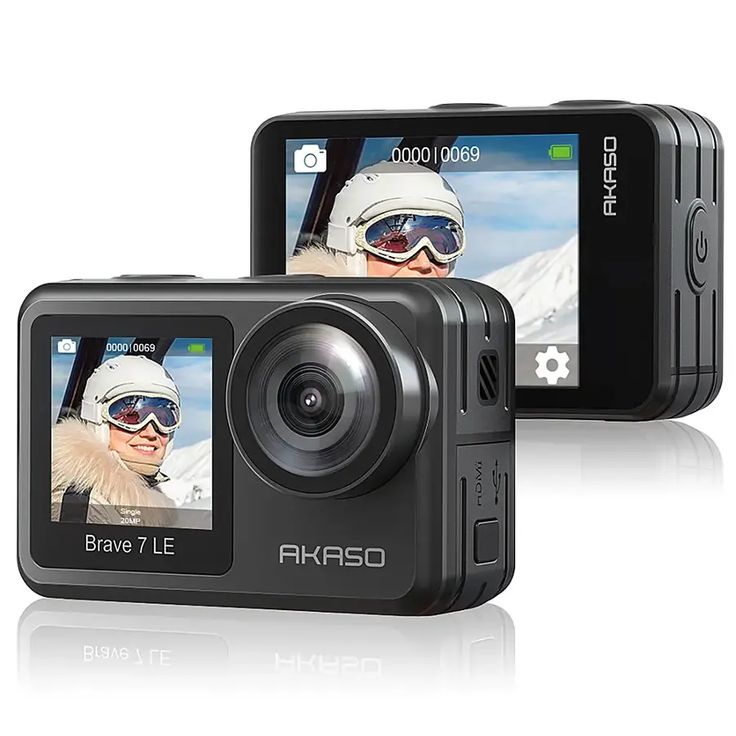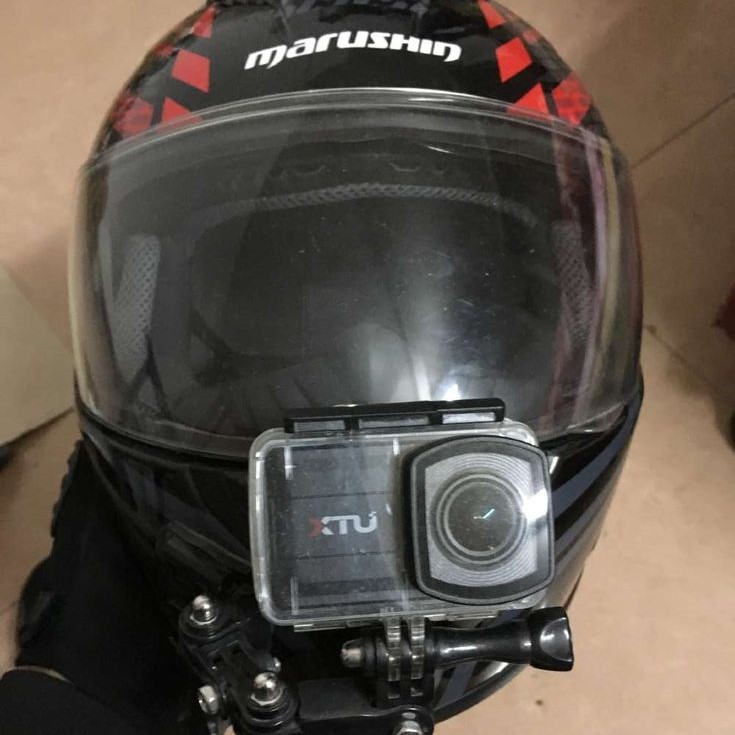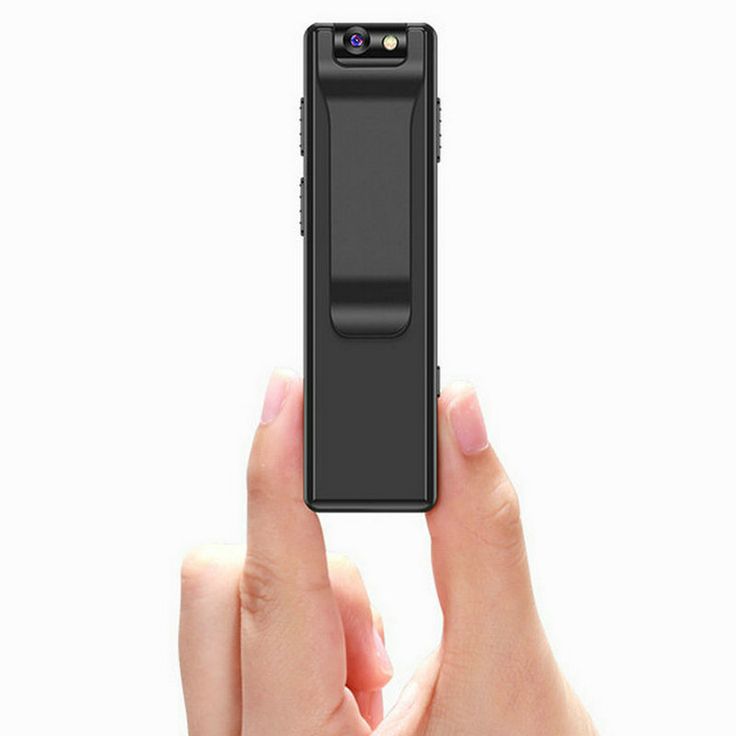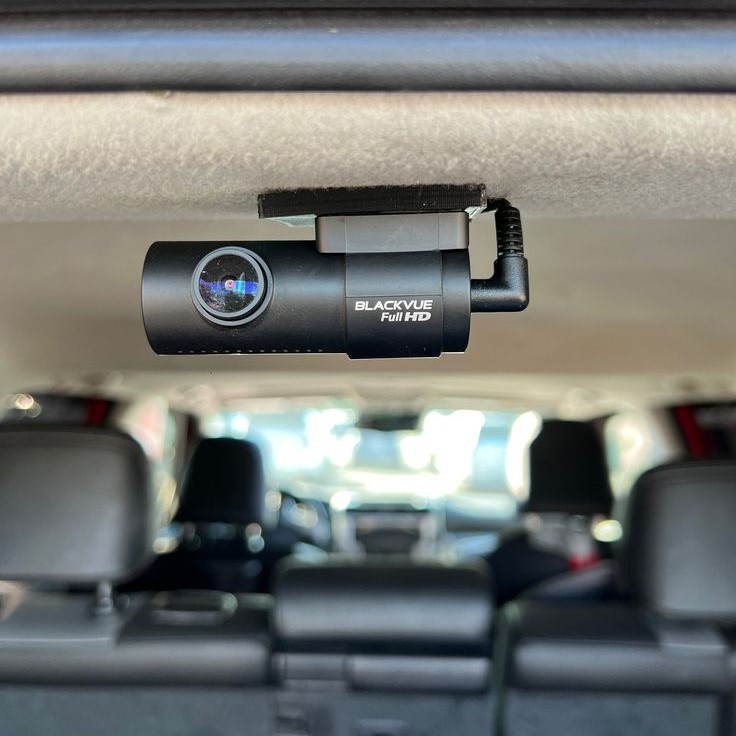Understanding Kid-Friendly Drones
When we talk about a drone with camera for kids, we mean a model that’s safe, easy to use, and durable. Kid-friendly drones are designed with simplicity in mind. This ensures that children can navigate the controls without too much trouble. Here are a few key points to understand about these drones:
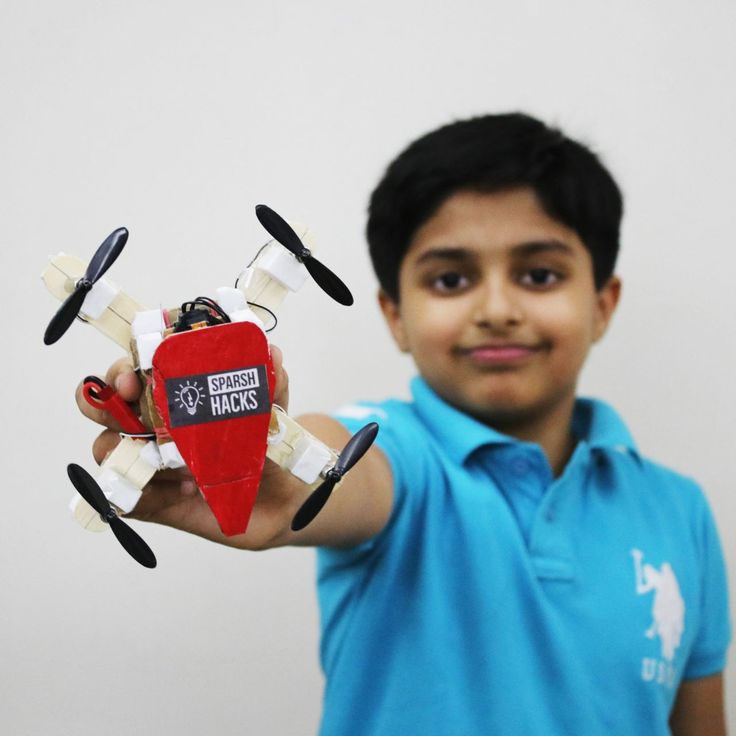
- Size and Weight: Kid-friendly drones are typically lightweight and compact. This makes them easier for small hands to handle.
- Durability: They often come with features like propeller guards to minimize damage from inevitable crashes.
- Ease of Use: Simplified controls and functions allow kids to learn quickly and fly with confidence.
- Safety Features: Look for drones that have automatic hovering and emergency shut-off capabilities to keep your child safe.
- Camera Quality: While the camera may not be professional-grade, it should be clear enough for kids to capture fun images and videos.
Understanding these aspects is essential before purchasing a drone with camera for kids. It ensures the drone is appropriate for your child’s age and skill level. In the next section, we will delve into the specific features you should look for in a drone for children.
Key Features to Look for in a Drone for Children
When selecting a drone with camera for kids, focus on a few key features to ensure your child’s experience is both fun and educational. Here’s what to look for:
- User-Friendly Interface: The controller should be intuitive, with simple, labeled buttons.
- Stable Flight: Choose a drone that’s known for steady hovering and smooth navigation.
- Durable Design: A robust body and strong propeller guards help survive crashes.
- Battery Life: Longer battery life means more flying time and less charging.
- Safety Functions: Features like auto-land or return-to-home add a safety net.
- Age-Appropriate Operation: Ensure the drone’s complexity matches your child’s capabilities.
- Quality Camera: The camera should take decent photos and videos to hold their interest.
Finding a drone that balances these elements can enhance your child’s flying experience, cultivating their interest in technology and photography.
Top Picks: Recommended Drones with Camera for Kids
Selecting the right drone for your child can be overwhelming with so many options available. Below, we’ve highlighted some of the top picks for drones with a camera that are perfect for kids. Each of these drones balances the key features previously mentioned, ensuring a safe and enjoyable flying experience for children.
- Holy Stone HS190: This pocket-sized drone is ideal for beginners. It’s foldable, easy to control, and comes with a one-key return function.
- Snaptain S5C: With voice control and a user-friendly interface, this drone makes controlling it fun and simple. It also has durable propeller guards and a reliable camera.
- Potensic A20: A great choice for younger kids due to its small size and easy maneuverability. It comes with an emergency stop feature which enhances safety.
- DJI Mini 2: For the more advanced young flyers, this lightweight drone offers impressive camera quality and stable flight, making it a worthy investment.
- Altair AA108: Featuring multiple skill levels, this model grows with your child’s abilities. The custom route mode allows kids to focus on their photography skills.
Considering the drone with camera for kids, always keep in mind your child’s age, skill level, and the design of the drone. Each of the above models caters to different stages of a child’s development, ensuring they can fly safely and learn effectively. Remember, the goal is to provide a platform that is educational and engaging, while maintaining the utmost safety for your little ones.
Safety Guidelines for Kids Operating Drones
Ensuring safety is paramount when kids are operating drones with cameras. Here is a summary of the key guidelines for safe drone use:
- Start with a Safety Briefing: Teach your child the basics of safe drone operation before their first flight.
- Supervision is Essential: Never leave a child unattended with a drone. Adult supervision helps prevent accidents.
- Use Propeller Guards: Protect kids from moving parts by ensuring their drone comes with guards.
- Fly in Open Spaces: Encourage flying in open areas away from people, animals, and obstacles.
- Keep the Drone in Sight: Make sure your child always keeps the drone within their line of sight.
- Respect Privacy: Teach children not to fly over other people’s homes or private spaces to avoid invasion of privacy.
- Monitor Weather Conditions: Avoid flying in high winds or bad weather, which can be challenging for kids.
- Set Boundaries: Define the flight area so your child knows where they can and cannot fly.
- Stay Below Maximum Height: Most regulations recommend keeping the drone below a certain altitude.
- Check Battery Levels: Before flying, ensure the drone’s battery is fully charged to avoid mid-air power loss.
By following these safety tips, you can help your child have a fun and accident-free drone flying experience. Encourage them to always fly responsibly and with consideration for others.

Drones and Child Development: Educational Benefits
When integrating drones with camera for kids into playtime, you’re not just providing fun. You’re also contributing to their educational development. Here are the key educational benefits of drones for children:
Encourages Interest in STEM
- Integration of Multiple Disciplines: Drones seamlessly combine elements of technology, science, engineering, and mathematics (STEM). When kids engage with drones, they are not only having fun but also gaining exposure to the foundational principles behind these fields.
- Sparked Curiosity: As children operate drones, they often find themselves intrigued by how drones fly, what technologies are involved, and the scientific principles at play. This sparked curiosity can lead them to explore STEM subjects more deeply in school and beyond.
- Real-World Applications: Through hands-on experience with drones, children can see the practical applications of STEM concepts, reinforcing their learning and potentially guiding their future educational and career choices in these areas.
Improves Hand-Eye Coordination
- Precision Control: Controlling a drone requires precise and deliberate movements, especially when navigating or performing intricate maneuvers. Children must develop their ability to coordinate their hand movements with visual cues, improving their hand-eye coordination.
- Skill Transfer: Enhanced hand-eye coordination from flying drones can benefit children in various activities, such as sports, musical instruments, or any task requiring fine motor skills. This foundational skill is developed through practice, making drone flying an engaging way to improve it.
Fosters Problem-Solving Skills
- Navigating Obstacles: When children fly drones, they often encounter obstacles or challenges that require creative solutions. Whether it’s avoiding trees, power lines, or other drones, they learn to think critically about their next moves.
- Decision-Making: This process fosters essential problem-solving abilities, as kids must assess situations quickly and make decisions in real-time. Developing this skill early can positively impact their academic performance and everyday life challenges.
Cultivates Spatial Skills
- Understanding Space and Distance: Flying a drone teaches children how to gauge distance and understand spatial relationships. This understanding helps children better visualize their surroundings and navigate physical spaces.
- Enhancing Spatial Awareness: Improved spatial awareness is vital in many fields, including engineering, architecture, and even geography. By engaging with drones, children cultivate skills that will prove beneficial in their education and future careers.
Teaches Responsibility
- Care and Maintenance: Learning to care for a drone involves understanding its components, performing regular maintenance, and ensuring it is in good working condition before each flight. This process instills a sense of ownership and responsibility in children.
- Safe Operation: Children also learn the importance of safely operating their drones, including understanding the rules of the airspace and respecting privacy. This teaches them to be responsible and conscientious individuals, both in the context of drone flying and in life overall.
Inspires Creativity
- Capturing Unique Perspectives: Many drones come equipped with onboard cameras, allowing kids to explore their creative sides by capturing unique photos and videos from the sky. This ability to see the world from a different perspective can spark creative ideas and storytelling.
- Creative Projects: Children can engage in various creative projects, such as creating aerial photography portfolios, filming short films, or even developing their own drone-based art installations. These activities encourage them to combine technology with artistic expression.
Using a drone with camera for kids as an educational tool can make learning fun and interactive. It sets the groundwork for developing important life skills, which can serve them in their future educational pursuits and careers.
Maintenance Tips for Kid-Friendly Drones
Maintaining a kid-friendly drone ensures a longer life and safer flights for children. Here are essential tips to keep these gadgets in tip-top condition:
- Read the Manual: Always start with the manufacturer’s guidelines. It holds vital information for care.
- Regular Checks: Before each flight, inspect the drone for any signs of damage or loose parts.
- Clean After Use: Wipe down the drone; remove dust and debris, especially from moving parts.
- Battery Care: Store batteries properly and don’t overcharge them to prolong their life.
- Propeller Maintenance: Check propellers for any cracks and replace if needed. This avoids malfunctions mid-air.
- Software Updates: Keep the drone’s firmware updated for the latest features and bug fixes.
- Storage Conditions: Keep the drone in a dry and cool place when not in use to prevent damage.
- Teach Your Kids: Show children how to take care of their drone. This instills responsibility.
- Use Protective Cases: When transporting the drone, use a case to shield it from harm.
- Follow Usage Guidelines: Stick to the recommended flying times and conditions to reduce wear.
By following these maintenance tips, your child’s drone with camera for kids will be more likely to last through many flying adventures. It also keeps the flying environment safe, preventing any unexpected failures during operation.
Regulations and Legal Considerations for Flying Drones
Navigating the rules around drones is critical for safety and compliance. When it comes to kids operating a drone with camera, there are specific regulations you should be aware of. Here are the key legal considerations for parents and young drone enthusiasts:
- Age Requirements: There may be age limits for flying drones that vary by country or region.
- Registration: Some places require you to register drones above a certain weight. Check local rules.
- Flight Zones: Know where drones are allowed. No-fly zones typically include airports and military bases.
- Privacy Laws: Teach kids not to capture images where privacy expectations exist.
- Flying Height: There might be restrictions on how high drones can fly. Stay informed about local altitude limits.
- Drone Classes: Drones are often categorized by their weight. Different classes have different rules.
- Insurance: In some cases, having drone insurance might be necessary or recommended.
- Respect Wildlife: Avoid disturbing animals with drone flights, as this can be a legal concern in protected areas.
It’s essential to stay updated on the rules, which can change. Regularly check the official aviation authority website in your area for the latest information. By understanding and adhering to these regulations, parents can ensure that their kids enjoy a responsible and lawful flying experience with their drone with camera for kids.
Where to Buy and What to Expect in Terms of Cost
When looking for a drone with camera for kids, knowing where to buy and what costs to expect can prevent surprises. To help you, here’s a guide to making your purchase.
Where to Buy Kid-Friendly Drones
Kid-friendly drones are available at various retailers. You can find them at:
- Toy Stores: They often have a range of drones suitable for children.
- Electronics Shops: These stores offer more advanced options with better camera quality.
- Online Marketplaces: Websites like Amazon have a wide selection, with reviews to guide you.
Before buying, compare prices and check for deals. Look for sales during holidays or back-to-school seasons.
What to Expect in Terms of Cost
Drones with cameras for kids vary in price based on features and quality:
- Entry-level Drones: Start from around $30, best for young or first-time flyers.
- Mid-range Drones: Usually between $30 to $100, offering better cameras and stability.
- Higher-end Drones: Go over $100, with top-notch cameras and advanced features.
Remember, higher cost doesn’t always mean better for kids. Always consider your child’s age and skill level when choosing a drone. Opt for durability and ease of use over high-end specifications that may not be necessary. By setting a budget and understanding the features you need, you can find the perfect drone with camera for kids without breaking the bank.

